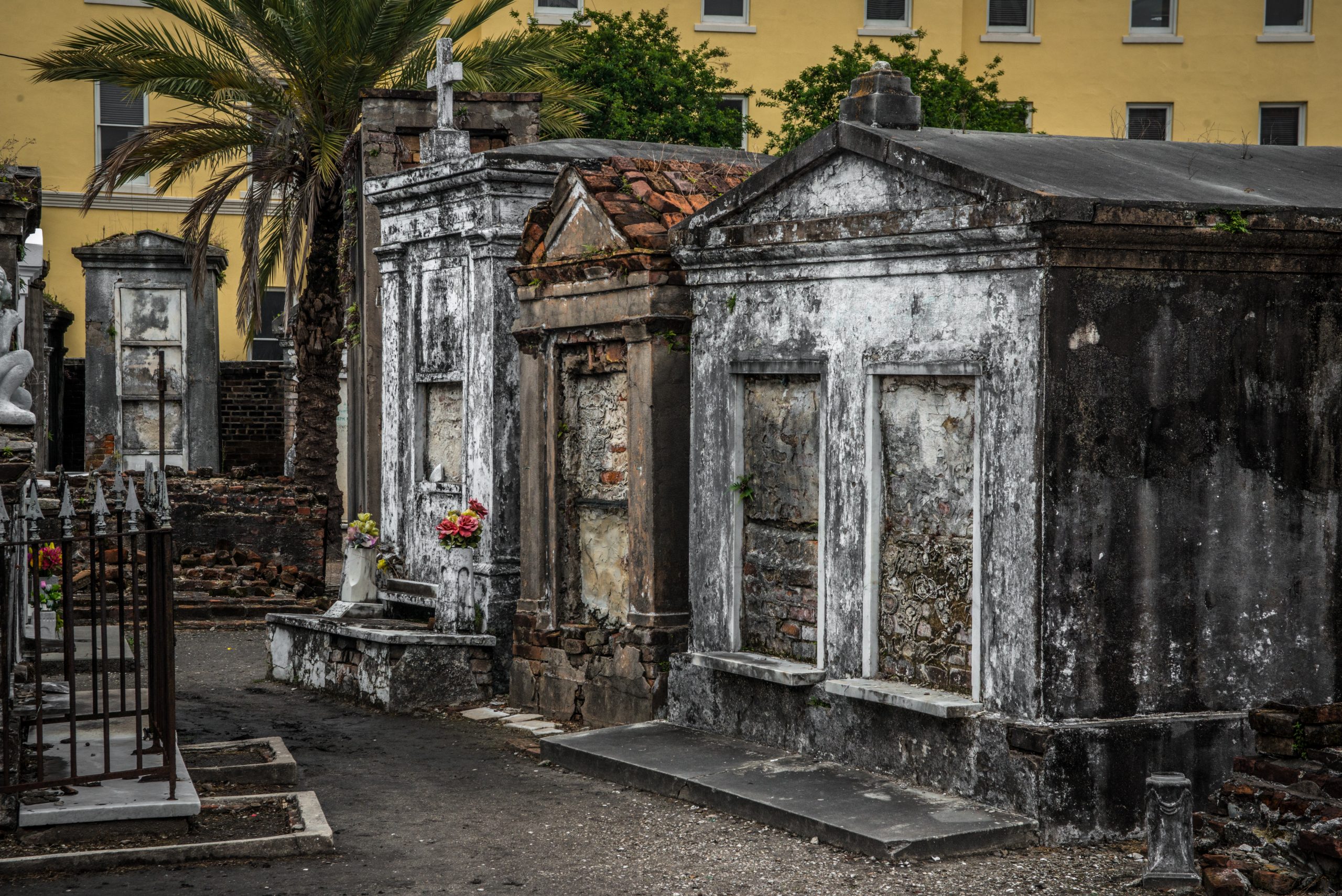What Is The History Behind Burial Vaults?
The cemetery and final resting place of your loved one holds sentimental value. Burial sites, even for those cremated, are essential, especially if you plan on visiting the area often. You may hear burial companies speak of a vault during your burial arrangements. It is a requirement for many cemeteries, and it should be part of your planning.
What Are Burial Vaults?
You’re probably wondering—what do burial vaults look like?
A burial vault, usually rectangular, is made of hard plastic, metal, concrete, or any material that lasts long in the ground and won’t degrade with time. It is placed before you lower the casket for support and acts as an outer casing to protect the coffin.
Cemeteries typically have heavy foot traffic and machinery moving above them. A casket alone is at risk of deteriorating and breaking down from excessive weight or natural causes. Here, the vault acts as a liner. Additionally, it prevents the cemetery ground from settling or collapsing.
Burial vaults are not a modern-day invention. They come with a rich history, and you can read on to know more about it.
Early Grave Vaults
In the 1700s, people were buried with their valuables. It led to a rise in grave robbers who wanted the valuables to sell at a profit. As a precaution, people started reinforcing the graves with burial vaults, which were referred to as rough boxes or burial containers at that time. It was a feasible solution compared to hiring guards or putting alarms on the grave.
With the onset of burial vaults, theft reduced, and grave diggers recognized the stability the grounds gained with this type of solution. It became a solution for the uneven grounds when new graves were being prepared. For the above reasons and the superstition that ghouls were roaming the cemetery grounds, using a burial vault became a norm and even compulsory in some cemeteries.
The burial vaults you find today are more personalized. You can have photos or words of your loved one imprinted on them. The most common material for vaults is concrete, followed by metal and plastic. You can have it styled with decorated handles, cover emblems, and a personal nameplate.
Modern Grave Vaults
Andrew Van Bibber initiated the modern grave vaults. In 1878, he built and patented a burial vault made of welded steel that prevented grave robbery.
A few years later, a sealable vault that was fully enclosed was designed. Its main feature was that it kept the casket free of graveside elements and water. This design was the most used one until 1999 when a lightweight plastic vault was introduced. This was a two-piece vault that required little installation time.
How Burial Vaults Are Used Today
The modern vaults you get today are still used for the same purposes, except they come with more pomp and features. You can have it made of either plastic, concrete, or metal. It’s completely enclosed, and once the casket is lowered, it’s sealed and secured.
You might be wondering if it’s similar to a mausoleum. No, they are different. A mausoleum rests above the ground, while a burial vault serves as a vault cemetery container.
Types Of Burial Vaults
All burial vaults give the same structural support, but they are built differently, using various materials that affect their design and cost. The following are some of the different types available:
- Burial liner: This is a great choice when you have a tight budget. This container has no bottom.
- Urn vault: This is a vault for cremated ashes.
- Metal burial vault: This is a vault that comes in bronze, steel, or copper. Steel is the more affordable choice, while copper and bronze are more luxurious.
- Concrete burial vault: This is the most secure but also expensive vault choice.
- Air-sealed: This vault uses actual air pressure to seal the container. It protects the coffin from dust, debris, and dirt.
There’s guaranteed to be a vault that fits your taste, budget, and type of burial. You just need to find the right burial vault company to make it.
Conclusion
Over the centuries, burial vaults have evolved in design and use. In the past, people primarily used vaults to protect the graves against ghouls and robbery. But nowadays, vaults are used to secure the casket investment and to support the heavy cemetery equipment and prevent the earth from caving in beneath them. With that being said, it’s best that you approach the right burial vault company when a loved one passes on. Give Olympia Marble a call today.


